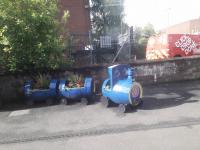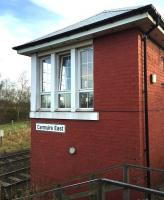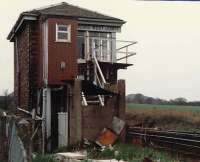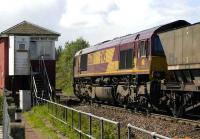Stirlingshire Midland Junction Railway
Introduction
This railway is open. The line runs from Polmont to Carmuirs. The line was also known as the Polmont Junction Railway.
Dates
Portions of line and locations
This line is divided into a number of portions.
Polmont to Larbert
This junction is between the Edinburgh and Glasgow Railway of 1842 and the Stirlingshire Midland Junction Railway of 1850.
...
See also
Edinburgh and Glasgow Railway
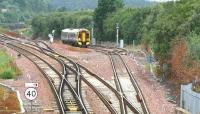
John Furnevel 07/08/2007
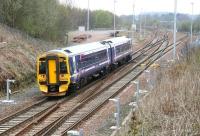
John Furnevel 23/04/2010

John Furnevel 07/08/2007

John Furnevel 07/08/2007
This panel box is on the north side of Polmont Junction. It replaced Polmont Junction and Bo'ness Junction [1st] signal boxes in 1979.
...
See also
Edinburgh and Glasgow Railway
This box was west of Polmont Junction on the Stirlingshire Midland Junction Railway. Meadowbank Colliery was located nearby.
...
This mineral depot was between Grangemouth Junction and Polmont. It was to the south west of Laurieston itself. The depot consisted of a single short siding on the east side of the line, approached from the south. There was a temporary signal box here in 1899. ...
More detailsAlso known as Grangemouth Branch Junction. Here the former Grangemouth Railway (Forth and Clyde Canal) meets the 1850 former Stirlingshire Midland Junction Railway. Approach is from the west.
...
See also
Grangemouth Railway (Forth and Clyde Canal)
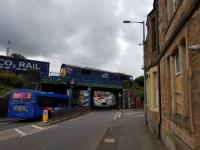
Mark Poustie 04/08/2018
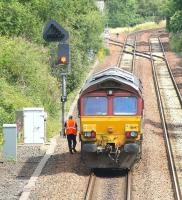
John Furnevel 25/07/2011
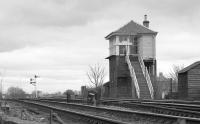
...
Bill Roberton 20/03/1992

John Furnevel 25/07/2011
This station is served by local trains unlike Falkirk High, to the south, on the Edinburgh and Glasgow main line. Grahamston station is to the north of the town centre.
...
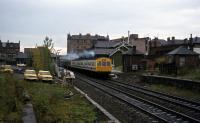
John Clark //1976
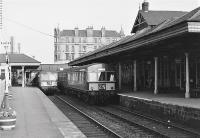
Brian Haslehust 19/08/1966
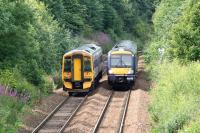
John Furnevel 25/07/2011
This signal box was at the east end of the Grahamston Swing Bridge over the Forth and Clyde Canal in Camelon/Falkirk. It was subsidiary to Swing Bridge West Signal Box just across the canal. Both boxes opened in 1899 (the west box replacing an earlier box) when the swing bridge was replaced with a double track bridge, before this it was single track. The west box was the principal as ...
More details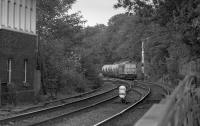
Bill Roberton //1996
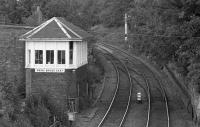
Bill Roberton //1996

James C Wilson Collection //1995
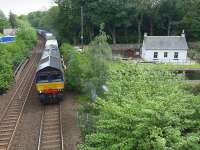
Bill Roberton 30/05/2014
This is a double track swing bridge carrying the Edinburgh-Stirling railway over the Forth and Clyde Canal, fixed in the closed position. The bridge is permanently fixed, the railway being electrified (as part of the Edinburgh Glasgow Improvement Programme).
...
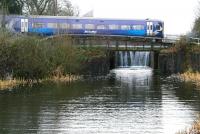
John Furnevel 02/01/2013
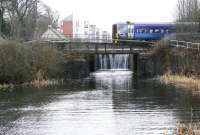
John Furnevel 02/01/2013
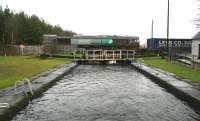
John Furnevel 02/01/2013
This signal box controlled the swing bridge over the Forth and Clyde Canal at Camelon and the approaches. At first the swing bridge carried a single line on an otherwise double track railway. The box was on the west side of the canal and the south side of the railway.
...
This was a double track junction. It was formed between the Stirlingshire Midland Junction Railway (1850)
...
See also
Carron Company

Bill Roberton 30/05/2014
An island platform station east of the present Camelon station. The lines still part here for the removed platform, which is why there are two bridges over Stirling Road. A bricked up archway can be found below the bridges to the west of the former station. The station building was more Caledonian Railway than North British Railway in style with a timber building with canopies on the ...
More details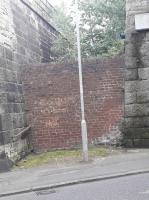
John Yellowlees 18/08/2023
This is a minimal modern two platform station. It is on the west side of the Stirling Road. On the east side the two lines part, having formerly passed round either side of an island platform (the former Falkirk Camelon [1st] station).
...
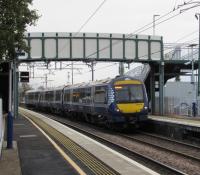
David Panton 25/10/2018

...
David Panton 16/11/2017
This is a double track junction. It is the eastern apex of a triangular of lines formed with Larbert Junction to the north and Carmuirs West Junction to the west.
...
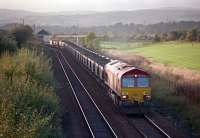
Ewan Crawford //2000
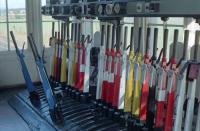
Ewan Crawford //1990

David Panton /07/1996
At this junction the lines from Greenhill Lower Junction (for Glasgow Queen Street High Level and the south) and Falkirk Grahamston (for Edinburgh Waverley and the south) meet to run north to Larbert, Stirling and Perth. All lines are double track.
...
See also
Scottish Central Railway
Denny Branch (Scottish Central Railway)
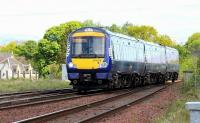
John Furnevel 20/05/2015
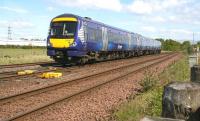
John Furnevel 30/05/2015
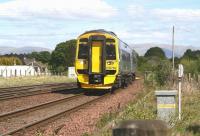
John Furnevel 20/05/2015

John Furnevel 26/04/2006
Carmuirs West Junction to Carmuirs East Junction
This curve was a Caledonian Railway later addition which provided a new route through Falkirk for Edinburgh-Glasgow and local services.
In 1882 the Caledonian Railway built a curve to link together the 1848 former Scottish Central Railway and the 1850 former Stirlingshire Midland Junction Railway such that a train from the Glasgow direction could run to Falkirk Grahamston (and on to Grangemouth or even Edinburgh Princes Street) without reversal at Larbert Junction. The signal box was on the east side of ...
More detailsSee also
Scottish Central Railway
Denny Branch (Scottish Central Railway)
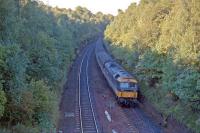
Ewan Crawford //1990
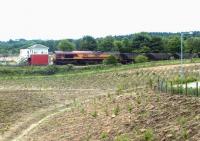
John Furnevel 15/06/2004
This is a double track junction. It is the eastern apex of a triangular of lines formed with Larbert Junction to the north and Carmuirs West Junction to the west.
...

Ewan Crawford //2000

Ewan Crawford //1990

David Panton /07/1996










